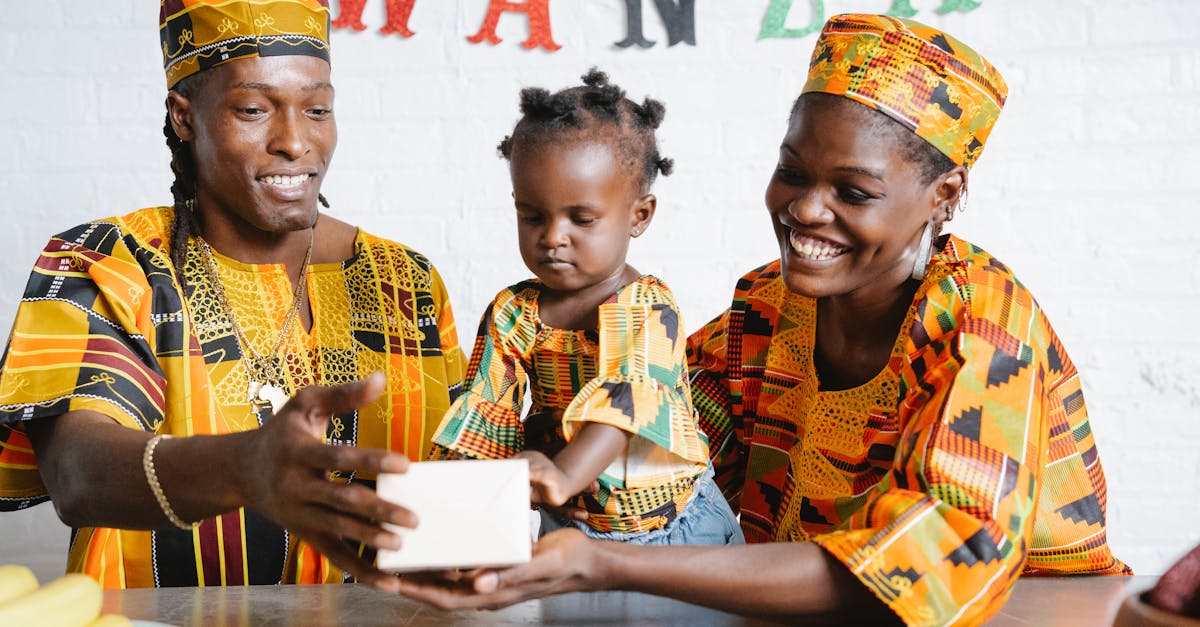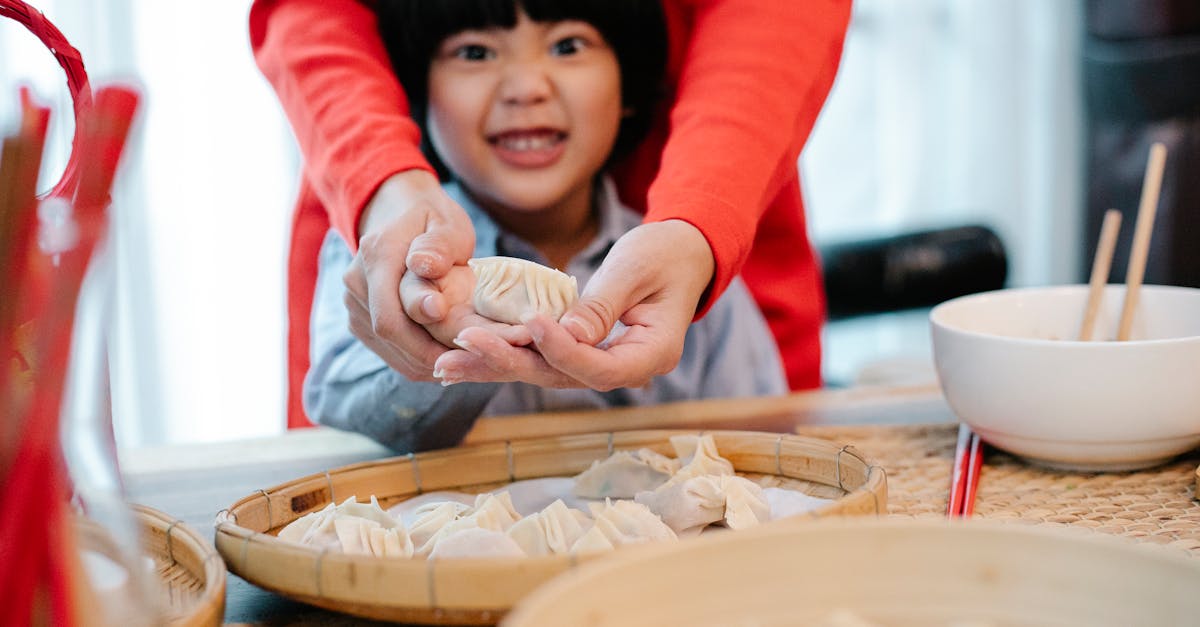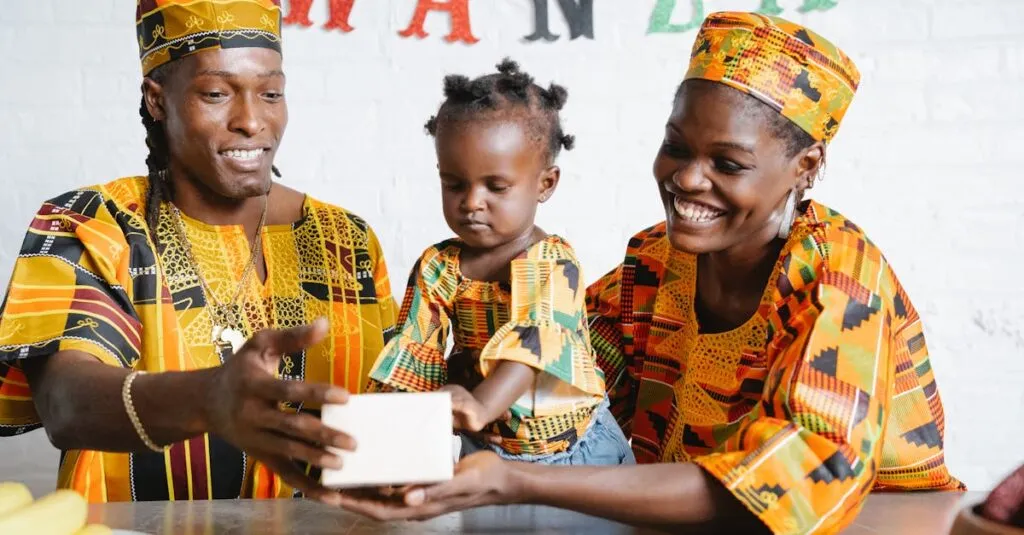Celebrate Differences
Children love celebrations, so why not introduce them to various cultural festivals? Celebrating diversity helps teach them religious tolerance.
Plan a small festival day at home. Include:
- Foods from different cultures
- Music that represents various traditions
- Traditions and customs associated with each festival
This fun approach fosters curiosity and acceptance. Children learn that differences are natural and exciting.
Teaching Moments
Use these opportunities as teaching moments. Explain the significance behind each celebration. Make it interactive by having them craft related items. They’ll remember not only the festival but its meaning too.

Create a Diverse Environment
Creating a diverse environment at home and in school fosters acceptance. Fill your child’s space with books, toys, and art from various cultures. Use maps or globes to discuss where different beliefs originate.
Attend multicultural events in your community if possible. Children absorb information from their surroundings. A diverse environment normalizes different religions and cultures. Talk openly about different practices and beliefs. Let them see diversity every day. This constant exposure aids in building tolerance naturally over time.

Tips for Creating a Diverse Environment:
- Incorporate multicultural books and toys into your child’s play area.
- Use maps and globes to explore different cultures and beliefs.
- Participate in multicultural events in your community.
- Encourage open conversations about diverse practices and beliefs.
- Provide daily exposure to diversity in various forms.
Model Tolerance
Actions speak louder than words. As parents, modeling tolerance is essential for teaching it. Children mimic what they observe, so it’s crucial to demonstrate the values you wish to instill.
How to Model Tolerance
- Show respect and understanding to those from different backgrounds.
- Use inclusive language in your conversations.
- Let your actions reflect the values you wish to promote.
- Share your learning experiences regarding tolerance.
Importance of Kindness and Acceptance
It’s important to highlight the significance of kindness and acceptance in everyday interactions. Your behavior will serve as a template for your children, influencing how they engage with the world around them.

In conclusion, by modeling tolerance, you are not only teaching a vital lesson but also nurturing the next generation to be more considerate and compassionate individuals.
Discussing Emotions
Discussing emotions helps young children understand why tolerance matters. Kids often struggle with complex feelings, and talking about how actions make others feel builds empathy.
Using Scenarios to Illustrate Points
Use simple scenarios, like sharing toys, to illustrate points. Here are some ideas:
- Talk about a time they felt happy giving a toy to a friend.
- Discuss how they feel when someone takes a toy without asking.
Personal Anecdotes
Mention personal anecdotes, like how you felt meeting someone different for the first time. This connection can make the abstract more relatable.
Addressing Fears and Misconceptions
Address any fears or misconceptions they might express. Be patient. Understanding emotions linked to tolerance is crucial.
Visual Insight
Here’s an image to connect with the theme:

Encourage Questions
Encourage questions about different cultures and religions. Kids are naturally curious, and answering their inquiries honestly and clearly fosters a safe environment for exploration.
Use these opportunities to teach tolerance by sharing simple facts about various beliefs. Encourage them to think critically and empathetically, as questions can lead to insightful conversations. They allow children to see perspectives through a broader lens.
Praise them for their curiosity. Guided exploration helps build a foundation of acceptance.

Involve the Community
Get your community involved in teaching religious tolerance. Host multi-cultural events or playdates with families from various backgrounds. Community involvement provides real-world exposure to diversity. It allows children to experience different cultures firsthand.
Ways to Foster Community Involvement:
- Attend local multicultural festivals.
- Invite neighbors to share their traditions.
- Help plan events to teach organizational and collaborative skills.
By fostering a community rich in diversity, children learn to appreciate different viewpoints. It builds a network of support for teaching tolerance.

